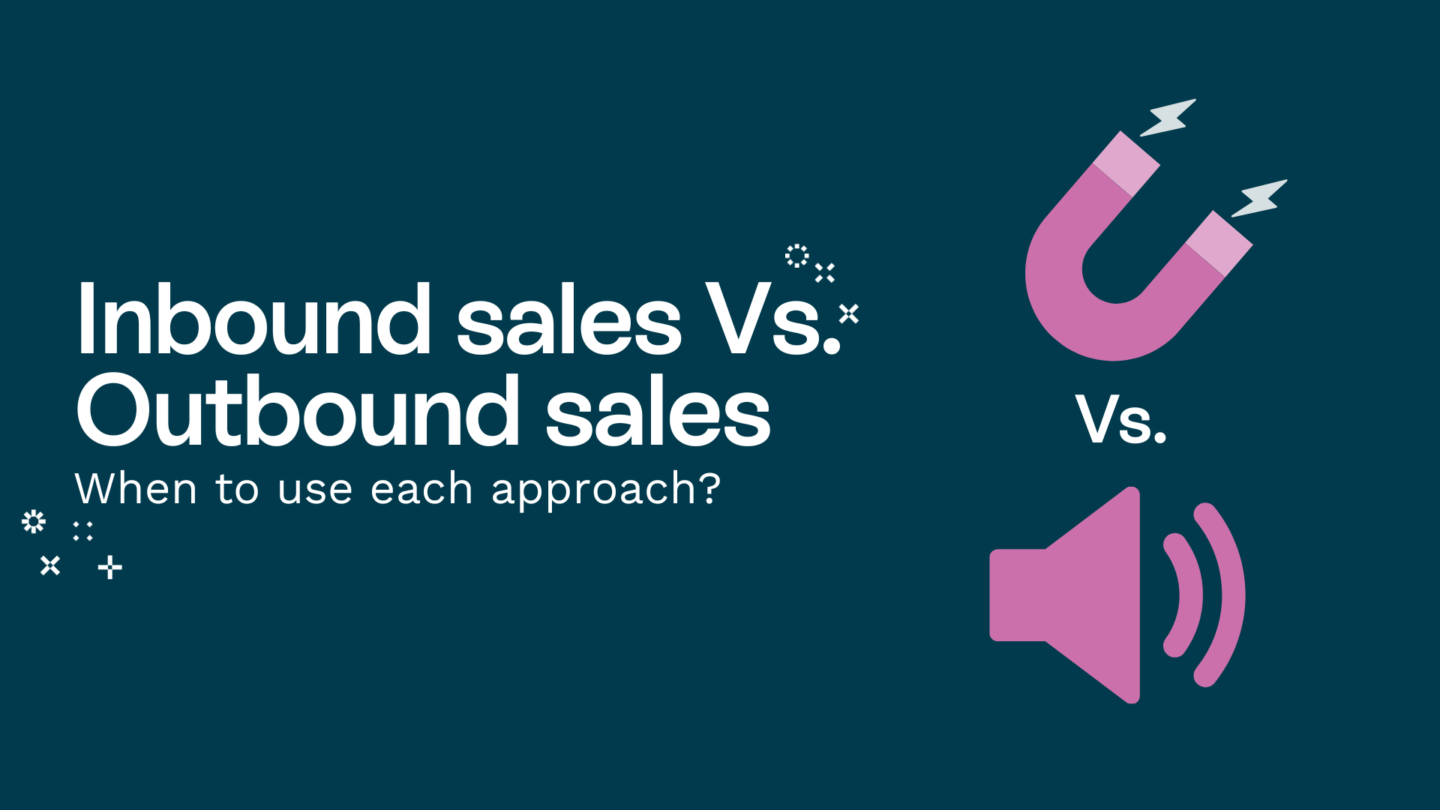The beginning of the tech-intense era dates back to the 1970s. We can see how much this age has already changed the business landscape. It has unlocked a wealth of new opportunities for companies to capture and convert their prospects. The next stage of this revolution involves adopting strategies focused on digitizing customer experience.
In this article, we’ll reveal what digitizing customer experience is and why it has become the cornerstone of every thriving enterprise.
Why should you digitize customer experience?
Customer experience (CX) digitization is the process of integrating digital technologies into all areas of client interaction, such as marketing, service, and sales. Today, since a big part of business-client interaction takes place online, CX digitization has become a crucial element of success. Integrating the right technologies into this interaction allows more personalized and efficient real-time engagement. As a result, businesses can gain a number of benefits, such as:
- Improved service
- Greater client satisfaction
- Streamlined follow-up and feedback
- Increased loyalty and retention
Read also: What is document digitization? Why is it important?

9 key drivers for digitizing customer experience
Now that you know what it means to digitize customer experience and why it matters in the modern business landscape, let’s look at the main drivers for integrating technology into your interactions with clients.
Driver 1: Evolved customer expectations
Customer expectations have grown a lot over the past decades. There are 4 main reasons for these changes:
- Globalization – Consumers are now exposed to a significantly larger range of products and services from all across the world. This affects their expectations concerning the quality of goods, variety, and pricing.
- Enhanced competition – The fact that consumers now have access to a huge range of goods makes the competition more harsh. It forces companies to find more and more innovative ways to stand out from the crowd.
- Information accessibility – The accessibility to a large amount of data has empowered buyers. As a result, they are more informed than ever to make better buying decisions.
- Advancement in technology – Lastly, the rise of technology has given consumers a wealth of possibilities. Now, they use different kinds of tech on a daily basis and expect brands to do the same to elevate the quality of service.
These reasons have reshaped buyers’ expectations of businesses. Modern consumers expect brands to understand their unique expectations and deliver highly personalized experiences across all channels.
Evolved client expectations drive the need for digital transformation (DT). The right technology can empower brands to understand their clients better and cater to their high expectations with ease.
Driver 2: Search Engine Optimization (SEO)
Today, a huge part of the buying journey begins on the web in search engines. Due to this reason, Google continues to dictate the rules of the game for business success.
Google keeps refining its algorithms to deliver more quality and accurate search results to users. For brands, this means that having a well-optimized website is a must rather than an option.
If you want to get your brand in front of your potential clients, you have to create a site that operates smoothly and perfectly matches the needs of your audience. And, of course, you also need to fine-tune your user experience (UX), which is interconnected with CX and is one of the key factors Google uses to rank your site.
To take your UX in terms of SEO to the next level, pay attention to website loading speed, mobile friendliness, security, navigation, etc. Regularly checking the website’s technical health with specialized software like the SE Ranking audit tool and fixing all detected mistakes will help you deliver the best experience to your prospects.
Driver 3: The rise of digital technologies
As was mentioned earlier, advancements in technology have made consumers adopt more and more tools in their lives, and they expect brands to do the same.
Innovations like artificial intelligence (AI), machine learning (ML), augmented reality (AR), and others are already transforming the way businesses deliver services and interact with their customers. And this is one more reason to digitize customer experience.
Adopting innovations is a chance to stand out from the crowd. It’s a no-brainer that the vast majority of today’s consumers are more tech-savvy than ever before. They have long gotten used to relying on the web and technology in everything they do, so in order to stay interesting to them, companies must keep up with trends too, and embrace innovation.

Driver 4: Competition
Today, when starting a venture is nearly a piece of cake, the competition in all industries is getting tougher every day, and multiple market studies confirm this. Recently, the U.S. Census Bureau revealed impressive statistics – the total projected business formations for August 2023 was 32,700+, which is an increase of 1.7% compared to July.
These numbers indicate that the number of new brands is continuously growing, creating more intense competition across all business niches. Digitizing customer experience through exceptional online interactions is a key strategy for companies to gain a competitive advantage and stand out from the crowd.
Driver 5: The need to increase sales and revenue
The process of digitizing customer experience directly affects your revenue. With the help of technology, brands can automate repetitive manual tasks, such as follow-up, lead generation, etc. As a result, salespeople can focus on things that really matter – generating sales, and their productivity will multiply.
Additionally, DT helps brands gain deeper insights into what their target buyers crave. This can help them make their strategies more informed and find effective ways to engage existing clients and attract new ones.
Thanks to increased productivity and engagement, DT has the potential to drive higher revenues for your company and also enhance loyalty and retention rates.
Read also: How to take the next step in your digitalization journey

Driver 6: Customer churn’s role in digitizing customer experience
Client churn is the percentage of consumers who stopped using your products or services within a specific timeframe. Simply put, it’s the amount of clients you’ve lost.
By implementing effective digital customer experience strategies, you can empower your team with a better understanding of your prospects’ needs. If you tap into these needs in everything you do – from marketing to sales – you will be more likely to convert and retain new buyers for a longer time.
On top of that, DT tools can help you predict which clients have the likelihood to churn and identify the possible reasons for that. This can help you prevent potential losses and boost overall satisfaction and loyalty.
Driver 7: The need to improve data security
On the one hand, the increased use of technology raises additional security and privacy issues because of the huge number of hazards hidden on the web. However, on the other hand, CE digitizing prioritizes data security and helps you mitigate potential risks.
Various tools can assist businesses with:
- Implementing advanced encryption;
- Leveraging multi-factor authentication;
- Facilitating access control;
- Automating responds to security threats;
- Implementing data loss prevention;
- Developing effective response and recovery plans, etc.
All in all, digitizing can help you centralize your data and protect both your team and clients from cyberattacks and data breaches.
Driver 8: The need to improve employee productivity
Digitizing customer experience can be beneficial not only for achieving your business goals but also for streamlining the productivity and efficacy of your employees. You can apply this digitizing approach to your team in a number of ways:
- Data management – Being able to access, share, organize, and manage data efficiently allows your employees to obtain the needed information quickly and easily, saving them time on data-related issues.
- Workflow computerization – Most often, when adopting digital customer experience strategies, enterprises have to equip their teams with different technologies to support the transformation. Often, this leads to putting a variety of repetitive tasks on autopilot, which enables professionals to spend more time in the workplace on the most important and creative workflows.
- Informing decision-making – By providing you with access to fast and accurate insights, transformation allows your team to make more data-driven decisions and waste less time on decision-making.
Thanks to this, transformation can significantly decrease the time your team spends on various tasks and enhance the outcomes they achieve in their work.
Read also: How to create a paperless office?

Driver 9: The desire to understand target audience behavior on a deeper level
According to studies, the fast-paced digital revolution is forcing consumer behaviors to change, affecting the customer journey in both online and offline sales. Understanding how behaviors are changing and predicting future changes is crucial for remaining competitive, and the implementation of digital customer experience strategies can help you with this as well.
By transforming your business, you can collect and analyse customer data more efficiently than ever. You will be able to gain insights into the needs, expectations, interests, and behaviors of your target audience. As a result, you will be able to see market opportunities better, make more informed decisions, and improve your CX.
Key takeaways
Technology keeps advancing at a rapid pace, changing all spheres of business and interactions between brands and consumers, in particular.
Due to changing consumer behaviours, advancements in technology, and growing competition, modern companies have to digitize customer experience to stay ahead. After reading this article, you know about the main drivers of CX in the business landscape. So don’t wait any longer and start using the transformation to your benefit too!







